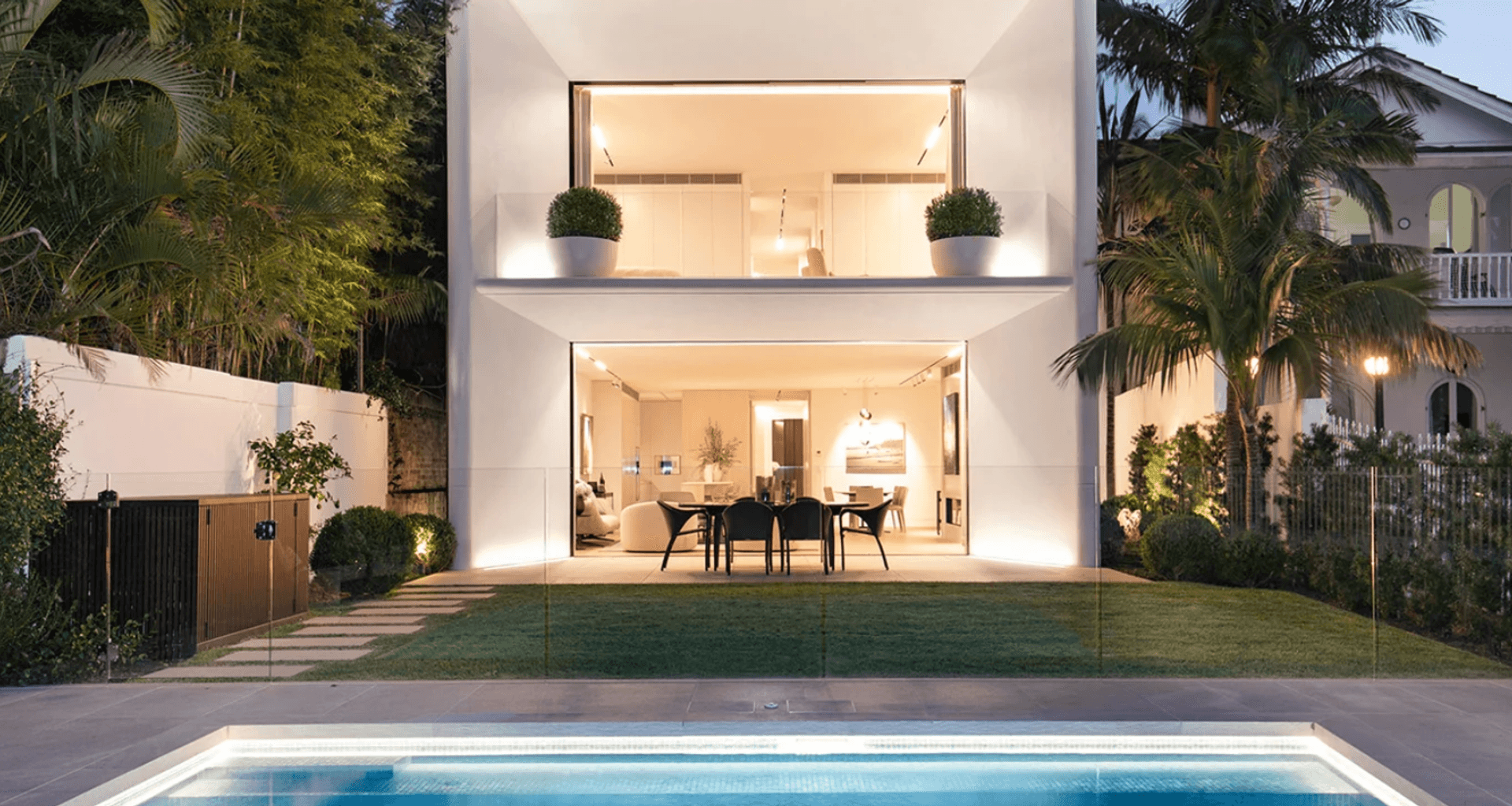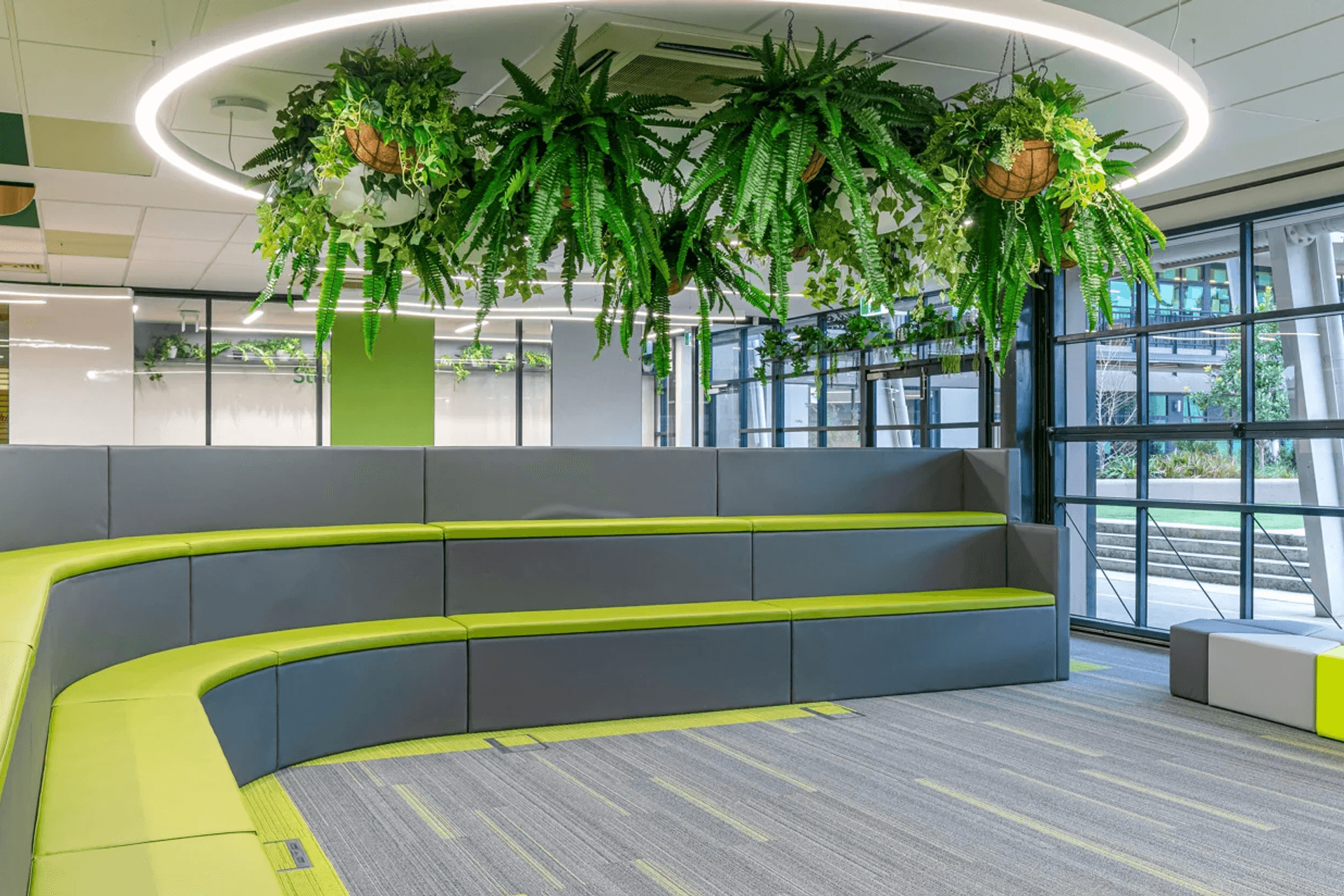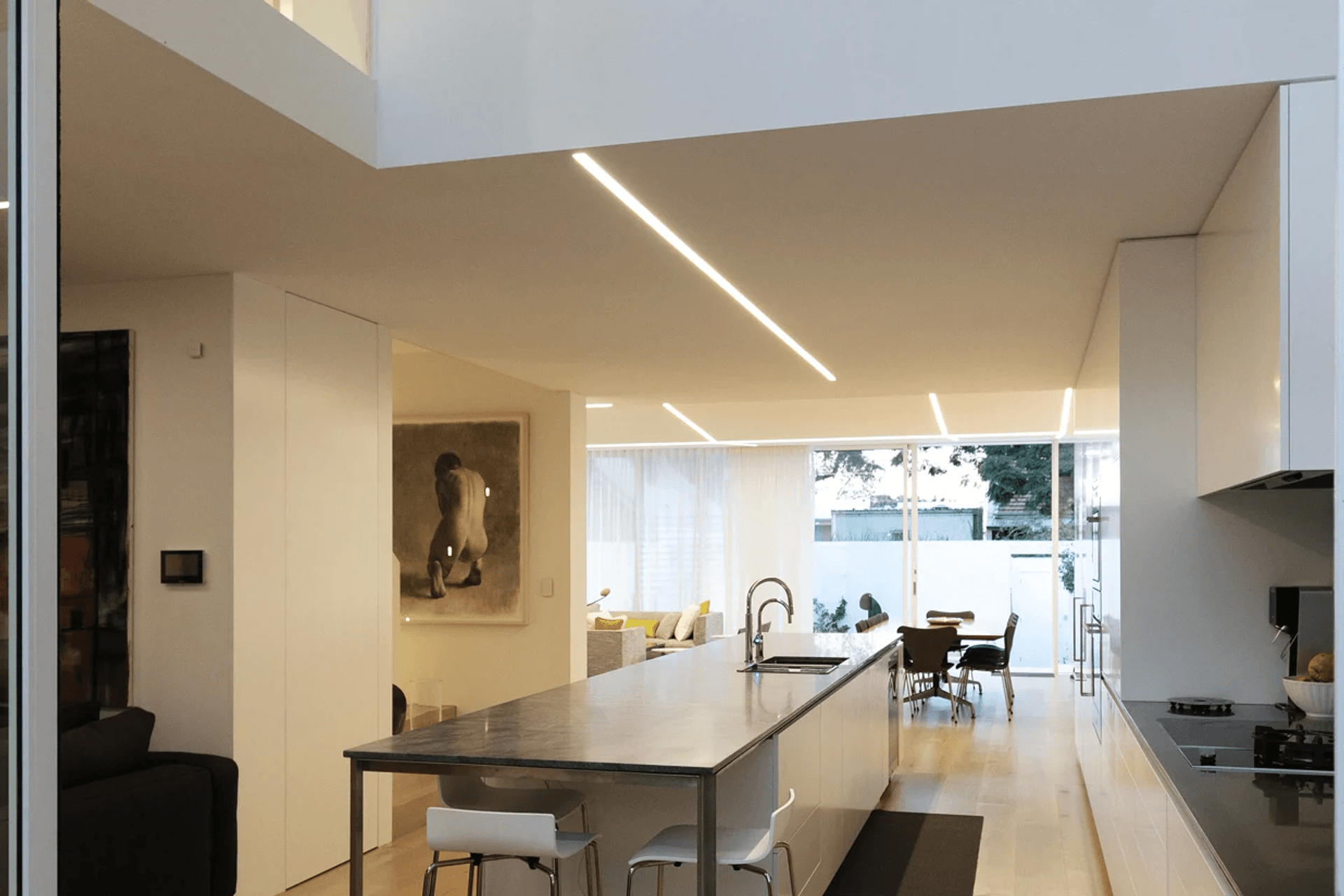Top 4 benefits of architectural lighting in design
Written by
13 April 2024
•
4 min read

ArchiPro delves deeper into the benefits, versatility, and future trends of linear profile and low-voltage track lighting solutions.
"Linear profile and low-voltage track systems contribute significantly to the overall design aesthetic in modern spaces," says Adam Addario, Marketing Manager at Colab Lighting. "Linear profiles offer symmetry and modern architectural lines, while low-voltage tracks provide functionality and visual interest with a minimal appearance."
Linear profiles' primary benefit is its ability to illuminate a large area in one extended form, using direct and indirect illumination. Similarly, low-voltage track systems can illuminate a large area in one extended form with optional interchangeable heads (luminaires) that can change as your needs do in a safe, low-voltage 48V track.
1. Enhanced aesthetic and versatility
"Linear profile and low-voltage track systems both excel in providing all three main types of lighting—accent, task and ambient lighting; enhancing the functionality of commercial and residential spaces," says Addario.
Linear profiles adapt to design elements with installations such as surface mounting, recessed mounting and suspension. Further creativity can be had by specifiers with Linear profile’s ability to create shapes, adding visual interest to any space.
“Low-voltage track systems are all the rage now due to their discrete footprint and minimal appearance,” says Addario.
“Although similar to linear lines, the track system now allows the designer or consumer to further add visual interest and functionality. The ability to add an array of luminaire types from spots, linear diffused and pendants makes for a truly versatile system. Swapping, moving and adding without risk of electric shock makes for a unique system.”
Addario lists recent trends, including wireless control, minimal disruption to ceiling space and circadian rhythm lighting, which is designed to improve our awareness, mood and wellbeing. These advancements offer specifiers unprecedented control and energy efficiency.
2. Energy efficient
Compared to traditional lighting solutions, linear profile and low-voltage track systems offer superior installation, maintenance and cost-effectiveness. The systems’ longevity and energy efficiency make it a smart investment for any project.
"These systems significantly contribute to energy efficiency and sustainability," says Addario. "Track and linear profile lighting are LED and use up to 70 percent less energy while lasting up to 35 to 50 times longer – replacing the old flickering and power-hungry incandescent lamps and fluorescent tubes creates a safer environment.”
Luminous efficacy improvements and addressing light spill are notable advancements in recent years. These advancements ensure optimal lighting performance while minimising energy wastage.
Addario addresses the frequent misconceptions about these systems, "Common misconceptions include concerns about cost, compatibility and dimmer switching. However, these concerns can be effectively addressed with proper planning and consultation."
3. Seamless integration
Designers and architects seamlessly integrate these systems into their projects by leveraging creativity and understanding lighting requirements. Addario explains. "Scale, proportion, and lighting needs are carefully considered to achieve optimal results."
“Linear systems, although typically used with opal-styled diffusers, can also have options such as low-glare diffusers, which are typically used within educational spaces to reduce the risk of eye fatigue and strain and office spaces where employees are spending a lot of time behind screens,” says Addario.
4. Smart technology
The rise of smart home technology could see low-voltage track and linear systems seamlessly integrated into buildings to offer users more control and convenience. Programmable scheduling, sensor lighting, and out-of-home management systems to enhance the experience of our residential and commercial spaces.
"These systems contribute to dynamic and adaptable lighting schemes that evolve with changing needs or preferences, offering unparalleled flexibility, whether accentuating architectural features or creating specific atmospheres," says Addario.
For those considering incorporating these systems, thorough planning and consultation are key. “Understanding lighting needs and consulting with experts will ensure optimal results.”
In the future, Addario anticipates further miniaturisation, circadian rhythm integration, and a continued emphasis on energy efficiency.
“Circadian rhythm is being integrated into LED lighting systems, especially in commercial applications. Artificial light following the rhythm of natural light indoors will help people with their internal clock and maintain wellbeing and health,” says Addario.
“Sleep studies have shown indoor artificial lighting affects your mood and productivity, paving the way for circadian rhythm applications for lighting to play a pivotal role in shaping the indoor lighting landscape.”
Linear profile and low-voltage track lighting systems represent more than just lighting solutions—they’re integral to modern design, offering versatility, efficiency and aesthetic appeal. As technology advances and design trends evolve, these systems will continue illuminating spaces and inspiring creativity within interior design and architecture.
For help with your next project, contact lighting specialist Colab Lighting on ArchiPro.








